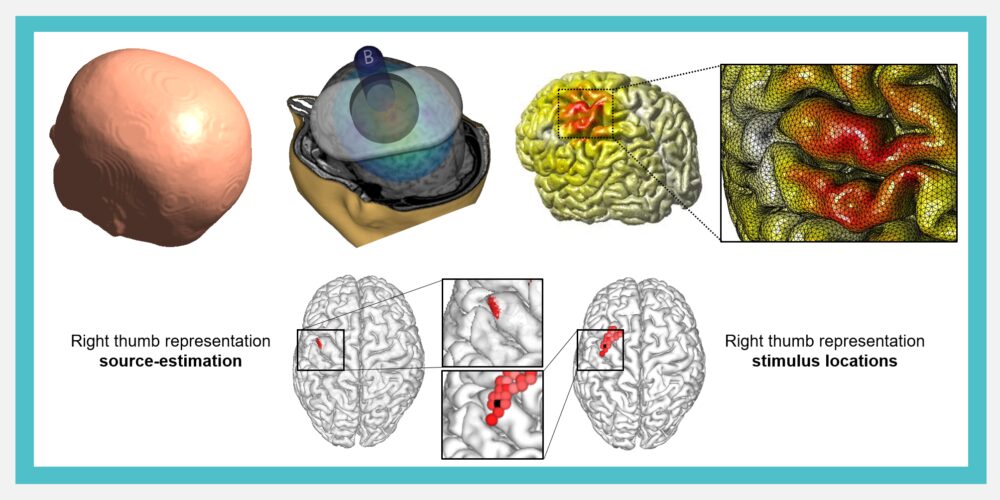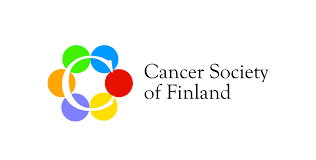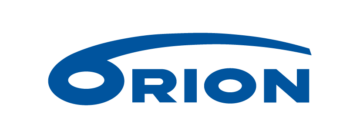Neuromuscular Research
Principal investigator
Senior researchers & postdocs
- Laura Säisänen
- Jusa Reijonen
- Nils Danner
- Amir Esrafilian
- Paavo Vartiainen
Doctoral researchers

Overview
The human motor function is controlled by the brain, which sensitively adjusts the excitability of muscle based on the requirements for motor action in those muscles. Neural plasticity is utilized to optimize the activation capacity of muscles during development/impairment of the motor functions and after a trauma. Method for individual assessment of neural reserves available for recruitment through neural plasticity is not available, even though such method would have significant impact on prognostics and the targeting of treatment routines in various diseases and conditions e.g., stroke, epilepsy, after knee surgery, etc. The neuromuscular assessment benefits are extended to understanding basic neurophysiological phenomena and longitudinal adaptations of human motor function. Theoretical assessment of changes in motor function provide insight to the mechanisms responsible for and reactive to changes in the requirements of motor action.
Our research focuses on the functional imaging, theoretical assessment and biomechanical measurement of the neuromuscular function connecting the human brains to motion. Our main focus is in the quantitative analysis motor function, and motor cortical control of muscle action. Our group develops, improves and utilizes novel methods for assessment of human motor function.
The key methods we apply and develop are navigated transcranial magnetic stimulation, electromyography, modeling of neural function, motion analysis, imaging and biomechanical tests and modeling. We active collaboration with other national and international research groups.
Methods
- Navigated transcranial magnetic stimulation and modeling of TMS
- Motion analysis
- Functional imaging
- Biomechanics and modeling


